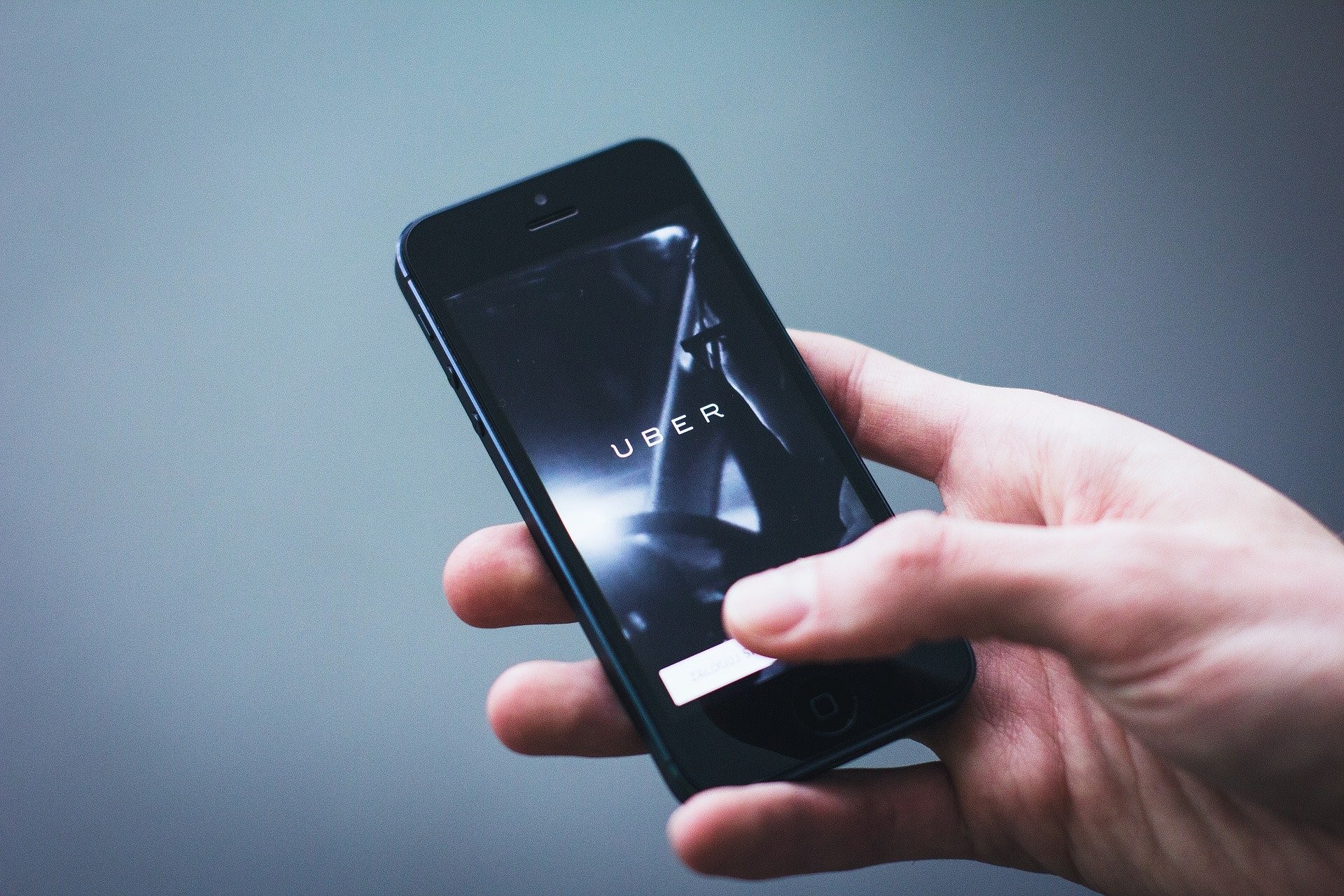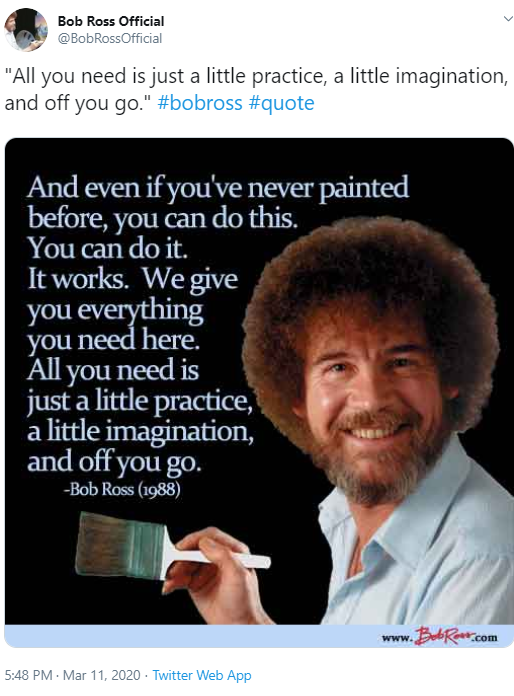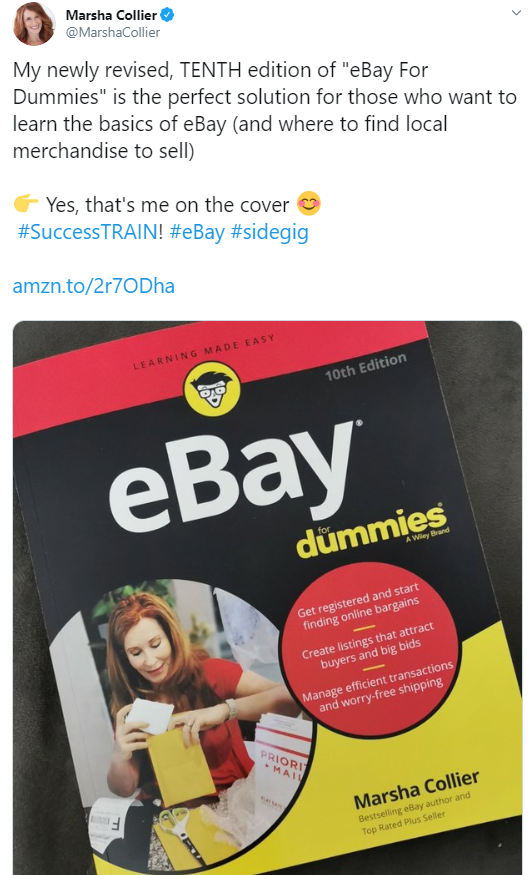Surely you’ve heard about or know someone who is raking in the dough from a side-gig. In case you have been living under a rock and haven’t heard, a side-gig, aka side hustle, is part of the rising gig economy and it’s changed the way people approach work. It’s a second job after a traditional 9-5 workday that helps people to sock away more money for the good stuff like peer-to-peer (P2P) investing, for example.
If your interest is piqued, you’re not alone, especially during these uncertain economic times globally. Roughly 40% of the European workforce holds down a side hustle in addition to their typical 9-5 job, and that number is projected to grow to 50% in the next decade. While the extra income is a major motivator, people are also looking for ways to pursue their passion in life without risking an existing income to do it.
Picking a side-gig to generate extra income is similar to deciding whether you’re going to save money – it’s personal and it has to be right for you. Fortunately, there’s no shortage of opportunities to choose from these days thanks to the rise of mobile technology. If you can dream it, chances are there’s an app for it. Ride-hail plays Uber and Lyft are a good example of this and incidentally could be where you earn your extra income.
Source: Pixabay
Why a Side Gig?
We covered some of the obvious reasons to get yourself a side gig, including earning extra income and following your dreams. But you can be quite deliberate about your goals for the gig. One idea is to use the money you earn from your side hustle to invest. Depending on how much time you have to pour into your second gig, you could begin earning hundreds of euros or more every month. You might choose to direct that extra income into investments like P2P, where it’s possible to generate a double-digit percentage return.
During these uncertain times in stock markets around the world, P2P investing is looking increasingly attractive. That’s because even during a week when the U.S. Dow Jones Industrial Average dropped 2,000 points in a single day in its worst performance since the financial crisis, and the FTSE 100 plunges more than 8% in early trading, P2P investors are not running for the exit signs.
P2P products are based on credit quality, not the whims of the stock market. As a result, you can expect to continue collecting your interest payments as long as the borrowers service their debt. And with the amount of stimulus that governments are handing out as a result of coronavirus, such as paid sick leave, they are making it even easier to expect those payments to continue rolling in.
All it takes to get started is some ambition, availability, possibly a vehicle if you’re thinking rideshare but there are even ways around that we’ll discuss below. Let’s get to it and explore some ways in which you can get yourself a side gig and start earning extra income.
Make a Plan
In his book entitled “Side Hustle – From Idea to Income in 27 Days,” Chris Gillebeau tells the story of a British small business owner who was in construction but who also had a knack for earning extra income. After completing multiple reviews for a fish tank product for some website, this individual was savvy enough to include links to products on e-commerce platform Amazon.com where he’d earn a commission when someone clicked through. He took a “set it and forget it’ approach and as a result, was happily surprised a few weeks later when he received his first check in the mail for USD 350.
Gillebeau also outlines daily steps to take over the course of about five weeks designed to help you be successful. While we won’t go through all of them here, we can touch on certain themes that will help you to get yourself a side gig for extra money. This approach appears to be designed for someone who is launching their own side hustle business, something you are passionate about. The late Bob Ross, a famous painter, helped his audience to create canvas paintings that other people were willing to pay money for.
Source: Twitter
For the first week, the theme is to create an “arsenal” of ideas. Incidentally, on day one you’re asked to look into your crystal ball and determine where you want to be five weeks from now. You should go into the brainstorming exercise expecting that some ideas/products/services will generate higher income than others and should be categorized as such.
While most of the time stealing stinks, in this case, it’s okay to borrow an idea from someone else who has found success with it. This will help you when it comes to week two, in which you’ll select the best idea. He suggests ranking them by their likelihood of being a hit.
You might also make a pros/cons list.
Week two is full of exercises to get you to test out your idea and find out ways to do it better than the next guy. In week three, you are on your way to developing a business plan with pricing and figuring out how you will be paid. Gillebeau recommends framing your first dollar/euro/etc.
In week four, test your idea out by marketing it to potential clients, maybe launch a website, and don’t be afraid to offer sales and promotions to get people’s attention. Last but not least, in week five refine your ideas and remain nimble enough to make changes once you find out what works and what doesn’t.
eBay
Maybe you don’t want to launch a storefront but you could earn some extra money in a side gig selling items on eBay. There’s actually an art to it, and if you do it right it could turn into a steady stream of income. The amazing thing about eBay is its global nature. If you’re willing to ship it, you can sell an item to someone else anywhere else in the world.
And while eBay might start out as a side gig to earn extra money, if you do it right it could grow into a major avenue of income that fuels your P2P investments. In her book “eBay for Dummies,” Marsha Collier describes how you can earn as much as USD 60,000 annually from your eBay side hustle. It’s just a matter of having the right tools to get started.
Collier’s message is one of action. Just thinking about selling isn’t going to make your bank account any bigger. Her motto is, “The more items you list for sale, the more profits you make.” And it doesn’t need to be an old collectible gathering dust in the attic. eBay is no longer just an “online garage sale,” as Collier puts it. It’s an online marketplace that has evolved over time and has become a place where you can showcase brand new or handcrafted items too.
Source: Twitter
In her book, Collier helps you to navigate the eBay landscape, from registering to creating listings to striking while the iron is hot and listing your product at just the right time.
RideShare
Now we’ve come to perhaps the most popular side-gig out there, the one that quite possibly inspired the gig economy movement: rideshare. Uber and Lyft basically have a duopoly on the rideshare market, so if you want to drive people you don’t know around for money, you’re going to have to pick one of the two – or both!
To qualify, you’ll need to meet certain criteria, which can vary depending on the jurisdiction in which you live. Here are some (not all) basic guidelines to be an Uber driver in London:
- Have a UK driver’s license.
- You have to be at least 21 years old.
- You should have a driving history/track record.
- Get your paperwork together, from your National Insurance Number to a Private Hire Vehicle license, which is something Uber is available to assist with and it will set you back GBP 100.
- Your car should be a model 2008 or newer.
If you don’t own your own car, don’t fret, it’s not a deal-breaker. Both Uber and Lyft have introduced rental options that can get you on your way.
Most people you’ll find drive for Uber or Lyft as a side gig to earn extra money. You might be inspired by wanting to earn some extra money for your wedding or maybe you’re just looking for more money to invest. Whatever the reason, you are in the driver’s seat literally and figuratively and can set your own hours.
One US-based driver for both Uber and Lyft shared some tips about the rideshare companies that could help you maximize your earnings potential.
- Don’t drive during rush hour. While Taxis will let the meter keep running, getting stuck in traffic will hurt what’s known as your dollars/euros “per hour ratio” with rideshare.
- When waiting for your next call, find a good location and be patient. Rather than driving around and wasting gas and putting miles on your car, wait for the next ride to come to you. If you do it will pay off. But do so in a strategic spot because the next ride request generally goes to the closest driver.
- Airport trips aren’t all they’re cracked up to be. You’ll likely be joining a queue of hundreds of other drivers just like you and you may have to wait a couple of hours for your next passenger at the busiest airports.
The rules for Uber and Lyft vary depending on the country you live in. If you’re going to drive for Uber or Lyft in the EU, get ready for a roller coaster ride. That’s because these companies are constantly battling lawmakers for issues such as being anti-competitive or unsafe. The good news is that the EU tends to stand up for vulnerable workers in the gig economy.
Fiverr
You might have heard of Fiverr, an online marketplace for freelancers that rose to fame for its EUR 5 rate (which has since gone up). The company recently expanded into London and Berlin, targeting some 14 million freelancers in the UK and beyond.
You could join them in this side gig and get paid to do creative jobs such as drumming up a theme song for someone’s YouTube channel or creating a book illustration, to name a couple of ideas. Back when Fiverr gigs were paying about EUR 5, it was as much about quantity as it was about quality. Those rates have risen with the times, and you can earn more now. Fiverr also has a Pro version, an invite-only marketplace in which you can charge more for your services, but you have to score an invite from Fiverr first.
Mike Zima is a Fiverr success story who started on the platform in 2014. He was an early mover, scooping up Google analytics audit market share before the playing field became so crowded. Zima went from earning USD 50 per month to a couple of hundred dollars each week on Fiverr, saying that he expanded his network with positive client reviews. He was dedicated, even spending his lunch breaks on his 9-5 job to complete Fiverr tasks. By 2017, he was earning six-figures from what started as a side gig on Fiverr and expanded into his own data analytics firm and a Fiverr Pro social media business.
Fiverr apparently takes a 20% cut from your earnings, so you might want to use it as a stepping stone before you find something that is more lucrative. But if you’re really good you could become famous like Mike Zima. He was mentioned in Fiverr’s regulatory documents for its IPO.
Regional Focus: Estonia
The gig economy is a global phenomenon. We thought we would feature one European country to show how important this part of the workforce has become to the economy. A growing percentage of the European population is finding themselves a side gig to earn extra income. Nearly 10% of Estonia’s working population participates in what’s known as platform work, surpassing the participation of Germany and Sweden but lagging that of Italy and the Netherlands.
Platform work originates from a “digital platform and carried out in a virtual or physical environment.” Estonians who do hold down a side gig to earn extra money dabble in it once a week or more. Most people do so in addition to a full-time job, though it’s the sole income source for 4% of the Estonian platform worker community.
The rise of digital platforms has given way to this trend, especially in certain segments of the economy including rideshare, delivery services, translation, and design, in addition to even childcare and house cleaning. A handful of the most popular platform apps in Estonia are “Bolt, Uber, Wolt, and GoWorkaBit.”
On the downside, holding down both a 9-5 job and a side gig requires long shifts and could take a negative toll on work/life balance and a person’s family relationships.
Gig economy employers are also crafting their own responses to the coronavirus crisis. Uber has asked its drivers, who are classified as self-employed in the UK, to refrain from working if they are feeling ill. After receiving some pressure from lawmakers, the company said it would compensate drivers who contracted coronavirus or who are quarantined for up to two weeks. Lyft has similarly unveiled a plan to compensate drivers who come down with the virus or who are quarantined.
Reports suggest that gig economy workers are likely to continue working even if they are feeling sick because they depend on the income. The Guardian featured a 23-year-old gig economy worker who explained that with only GBP 4 in his bank account, he simply couldn’t afford to come down with the virus. It’s a catch-22 because with so many people being required to work from home during the outbreak, food delivery orders are projected to double in the foreseeable future.
If you decide to go the gig-economy route, you might want to become a member of a union such as GMB or Independent Workers Union of Great Britain.
Side Gig and Healthcare
With the world currently gripped by the fear surrounding the coronavirus epidemic, it’s probably a good time to explore the status of healthcare for gig economy workers. Let’s look at the UK, where nearly one-fifth of the working population is part of the gig economy.
People who rely on their side gig as a primary source of income are the most vulnerable. For instance, Chancellor of the Exchequer Rishi Sunak a GBP 12 billion package of emergency relief for the UK to combat the coronavirus outbreak. But the plan glaringly leaves out gig-economy workers for paid sick leave. Self-employed individuals aren’t entirely without rescue, however, as they are entitled to support from a GBP 500 increase to the region’s healthcare system.
Conclusion
Side gig. Side hustle. Call it what you want, but the end result is the same. More money in your pocket for rewarding endeavors like P2P investing.



